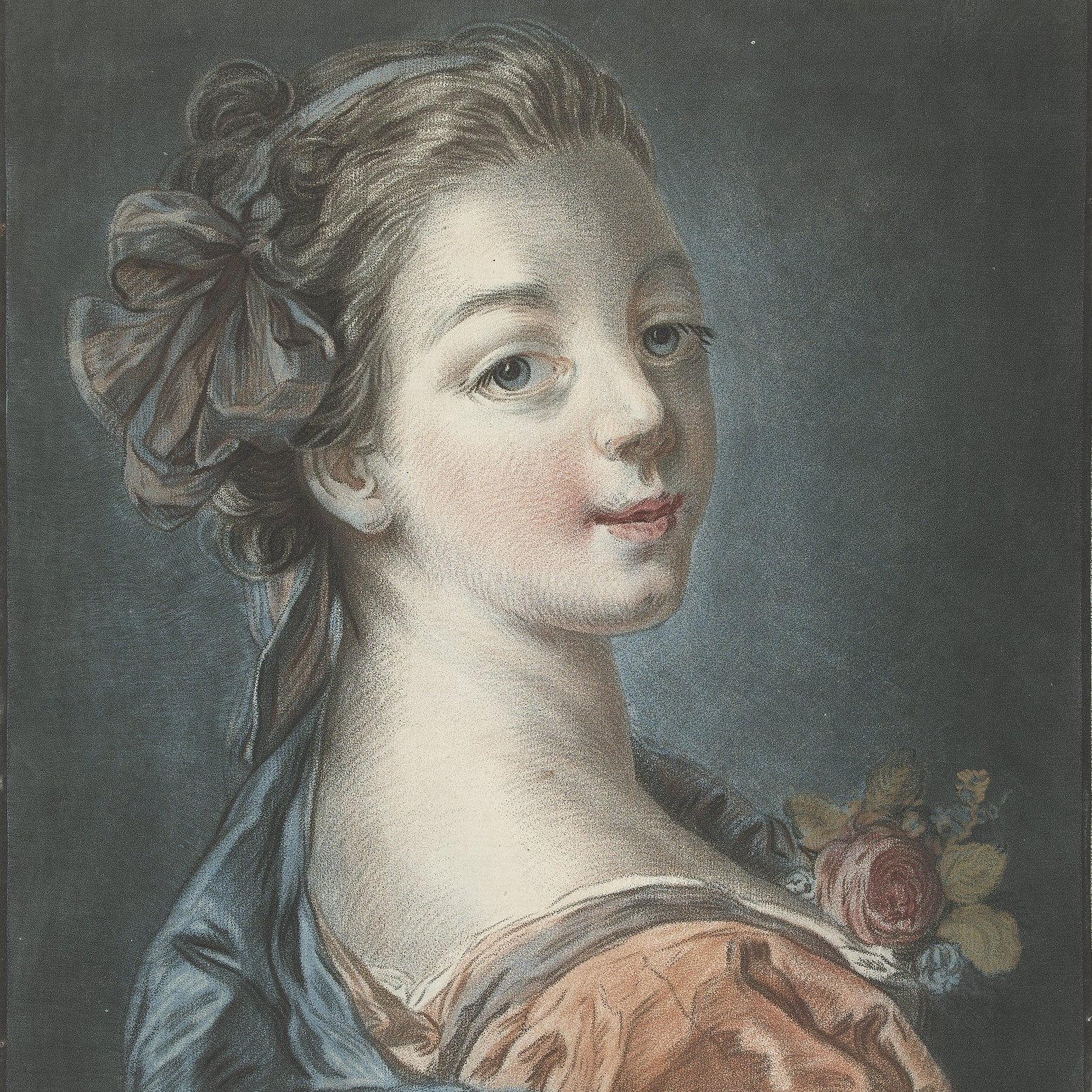Beauty has always been a moving target. What looked perfect to one generation feels strange to the next. Think about it: statues of Greek athletes, full-bodied Renaissance women, the sharp cheekbones of supermodels in the 90s. Each one was once considered the height of attraction. None of them looks the same, yet they all carry the same weight: this is what beauty “should” be.
And if you trace those shifts, you notice something: art keeps the record. The canvas, the marble, the sketch—they all quietly tell us what mattered in that moment.
Beauty Never Stood Still
Take Egypt. Every face carved in stone seemed calculated, lined, balanced. Symmetry wasn’t just decoration; it was tied to order and spirit. Jump ahead to ancient Greece, and it’s about physical strength. Muscles carved so carefully you can feel the tension. Beauty there meant discipline, intellect, the god-like.
Then the Renaissance came with a softer hand. Paintings glowed with curves, flushed skin, long hair spilling across shoulders. A look that said: wealth, fertility, and celebration of life. And after that? The 20th century ran through styles like a revolving door. Bold lips and waves in one decade, heroin chic in the next, then the glossy era of supermodels. Each change reflected more about society than individual taste.
So no, beauty was never universal. It’s always been a reflection of the time.
From Gallery Walls to Treatment Rooms
That brings us to today. Modern aesthetics might look like a new invention, but they carry the same principles artists used centuries ago. Balance. Proportion. A sense of harmony.
People don’t walk into a clinic wanting to look artificial. They want adjustments that feel right, natural to their features, but still noticeable enough to spark confidence. The tools have changed, but the intent hasn’t. And now, there are so many subtle approaches—whether it’s adding volume, softening lines, or reshaping contours. There’s a vast array of dermal fillers that echo the painter’s careful brushstroke, the sculptor’s final chisel.
It’s less about reinvention, more about refinement.
Lessons History Keeps Repeating
If there’s one thing art history shows us, it’s that patterns never really disappear. They just recycle in different forms.
- Symmetry stays king: From Egyptian carvings to modern apps that “rate” your face, balance is still considered beautiful. Aesthetic work often aims to restore that, not create something brand-new.
- Society sets the tone: The Renaissance loved fullness because it meant wealth. The 90s praised minimalism because it matched fashion’s mood. Today’s culture wants “effortless,” so people lean toward light, natural treatments.
- Beauty equals influence: A painted portrait once showed wealth and status. Now, an edited selfie or a refreshed look serves a similar purpose—it tells the world something about who you are.
The cycle doesn’t stop. It just shifts focus.
Selfies, Portraits, Same Story
Think about selfies for a second. They’re not far from what self-portraits were centuries ago. Sure, the medium is different—oil paint versus a phone camera—but the idea is identical: control how others see you.
Back then, only the wealthy could afford to sit for hours while someone painted them. Now, anyone can snap and edit their own “portrait” in seconds. Treatments fit neatly into this story. They’re another way to adjust, to manage perception, to line up reality with how you feel inside.
A Conversation, Not a Formula
The most interesting part is this: beauty has never been about a checklist. It’s always been a dialogue. Between the person and their culture, between old ideals and new ones, between what we see and what we want others to see.
That’s why clinics today feel like part of a much larger story. They’re not disconnected from art history. They’re carrying it forward. Only now, the canvas is living.
Echoes from the Past
Look at Botticelli’s Birth of Venus. The flowing hair, the delicate posture, the softness of form. Now, picture a modern campaign for lip shaping or skin refinement. Different setting, different tools, but the core pursuit hasn’t shifted: capture what feels ideal, right here, right now.
The details might fade with time. But the drive itself? That stays.
So, Where Does That Leave Us?
Maybe beauty isn’t about permanence. Maybe it never was. It’s about creating harmony that matches the moment you live in. Art gave us proof: no two centuries agreed on a single ideal. And if you look closely, that’s actually comforting.
Because it means beauty is flexible. Personal. Something you can shape, reinterpret, or simply enjoy, depending on what you need. The treatments available today are just tools in that same tradition: like paintbrushes, chisels, or camera lenses, they give people a way to take part in the conversation.
The search for beauty never ends. It only changes form. From marble busts to portraits, from photographs to clinics, it’s all the same story told again and again: people trying to catch what feels timeless in their own time.
